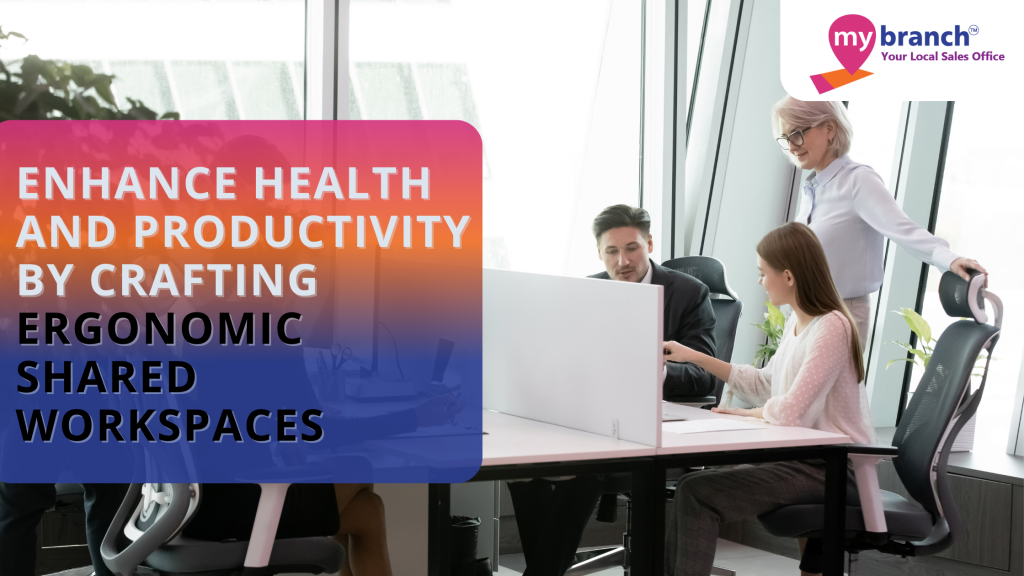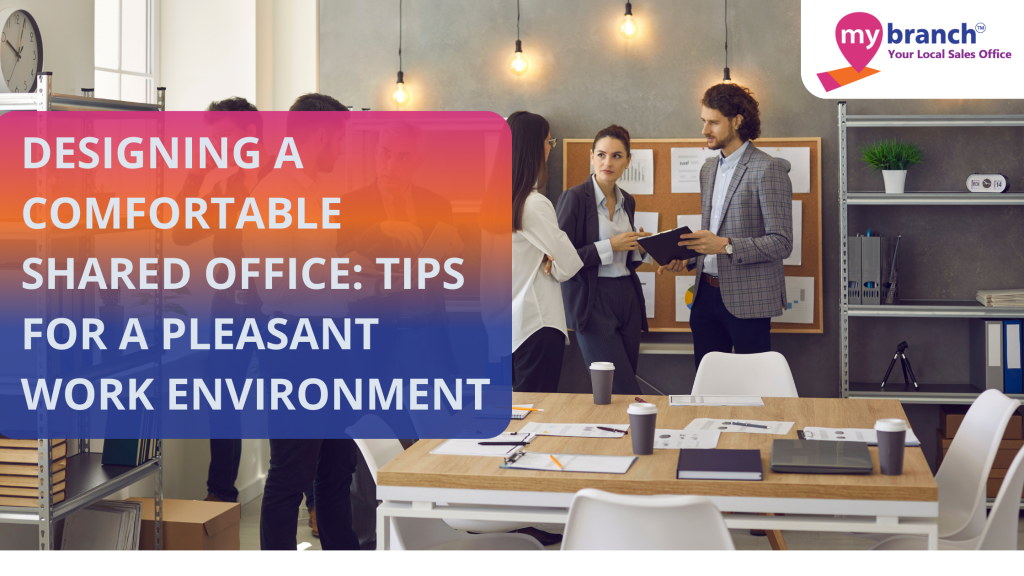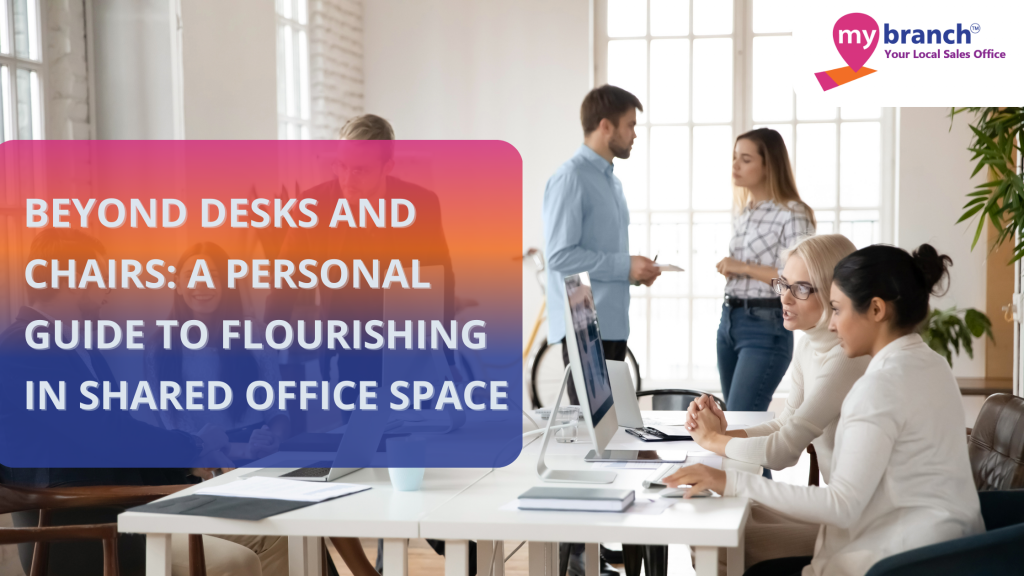
Step into the future of workspaces where the harmony between health and productivity takes center stage. Crafting ergonomic shared workspaces isn’t just about the furniture or layout—it’s a symphony of design and innovation curated to elevate well-being and efficiency. Shared office space is where comfort meets creativity, and every element is meticulously tailored to support physical wellness and cognitive performance. By intertwining ergonomic principles and collaborative environments, these workspaces aim not only to redefine the traditional office setup but to revolutionize how we perceive and experience work. Let’s embark on a journey through the realm of ergonomic shared workspaces, where every detail is meticulously designed to nurture both the body and the mind, fostering a harmonious balance between health and productivity.
Essence Of Ergonomics In Shared Workspaces
Ergonomic design in shared workspaces is pivotal, profoundly impacting the well-being and productivity of individuals. The significance lies in crafting environments that prioritize comfort and functionality, tailored to suit diverse needs. Thoughtfully chosen ergonomic furniture and layouts are central to fostering a workspace beneficial to physical health and mental focus. They accommodate different body types and postures, promoting better posture, reducing strain, and ultimately enhancing overall well-being. Such considerations create spaces where individuals thrive, contributing to a healthier and more productive shared office environment.
Crafting A Health-Focused Workspace
Crafting a health-focused workspace in shared offices involves strategic design elements. Utilizing adjustable desks and chairs caters to diverse body types and preferences, promoting ergonomic comfort. Natural lighting and adequate ventilation plays an important role in fostering a more comfortable environment, enhancing overall well-being. Look for a shared office space for rent that provides excellent ergonomic comfort, ensuring efficient productivity for you and your team.
Promoting Wellness In Shared Office
Promoting wellness in a shared office involves diverse strategies. Wellness programs like yoga sessions or mindfulness workshops cultivate a holistic approach to health and stress management. Integrating physical activity options such as standing desks or ergonomic equipment supports better posture and encourages movement throughout the workday. Additionally, offering healthy snack choices and hydration stations not only boosts energy levels but also enhances focus and productivity among individuals working in shared office environments.
Adopting Technology for Healthier Work Habits
Apps and reminders play a pivotal role in encouraging regular breaks and maintaining proper posture during extended work hours. Ergonomic-friendly tech accessories like keyboard stands or monitor risers complement these efforts by promoting comfortable and strain-free work setups. By embracing such technological aids, shared workspaces can significantly contribute to cultivating healthier work habits among individuals, supporting their overall well-being and productivity.
Creating Calm Ambiance
Incorporating greenery and nature-inspired elements within the workspace offers a calming ambiance, contributing to improved mental well-being and reduced stress levels among occupants. These health-conscious design strategies not only enhance the aesthetics of shared spaces but also play a vital role in supporting the wellness of individuals.
Productivity And Employee Satisfaction
The impact of ergonomic adjustments on productivity and employee satisfaction is profound in health-oriented shared workspaces. Studies consistently show a positive correlation between ergonomic design and increased productivity, as well as heightened job satisfaction among employees. Individuals working in these environments often highlight the benefits like improved comfort,fatigue reduction, and help them to enhance focus during work because of ergonomic adjustments.
Future Of Ergonomic Shared Workspaces
The future of ergonomic shared workspaces lies in the continuous exploration of innovative designs and technological advancements to further enhance office ergonomics. Designers are incorporating cutting-edge concepts and adaptable furniture to create dynamic environments that prioritize comfort, health, and collaboration. Moreover, the evolving role of ergonomics isn’t just about physical comfort; it’s about cultivating an environment that fosters wellness, innovation, and interaction. With an ongoing commitment to improving ergonomics, many shared office space on rent provide a self-assured modern workplace, promoting well-being, productivity, and a culture of collaboration well into the future.
Encouraging Ergonomic Breaks
In shared office environments, integrating practices that promote ergonomic breaks is pivotal for the well-being of individuals engaged in prolonged desk work. Implementing structured schedules or automated reminders throughout the workday can encourage short breaks, fostering opportunities for stretching exercises and posture correction. These breaks serve as vital moments to lighten physical strain, combat the sitting nature of desk-bound work, and promote better circulation. They allow individuals to reset their posture, prevent stiffness, and thereby contributing to enhanced comfort to reduce physical discomfort.
Integrating Smart Environmental Controls
Implementing smart environmental controls in shared workspaces, enhances both comfort and well-being. By leveraging advanced technology, these systems automatically regulate lighting, temperature, and air quality in response to occupancy levels and individual preferences. This intelligent setup not only ensures a more tailored and pleasant workspace but also contributes to a healthier environment. Smart controls create a harmonious balance, optimizing the workspace to adapt to varying needs, promoting better focus, and reducing distractions.
The blog aims to delve into the importance of ergonomic design principles in shared workspaces, emphasizing how thoughtful layout, furniture choices, and wellness initiatives contribute to the physical and mental well-being of individuals in such environments. Additionally, it highlights the role of technology and the potential for future developments in creating healthier and more productive shared office spaces.


